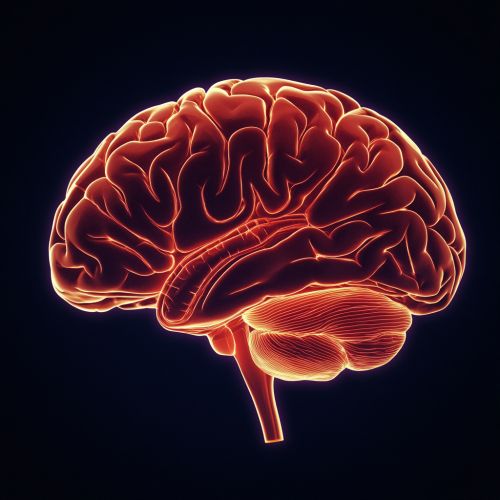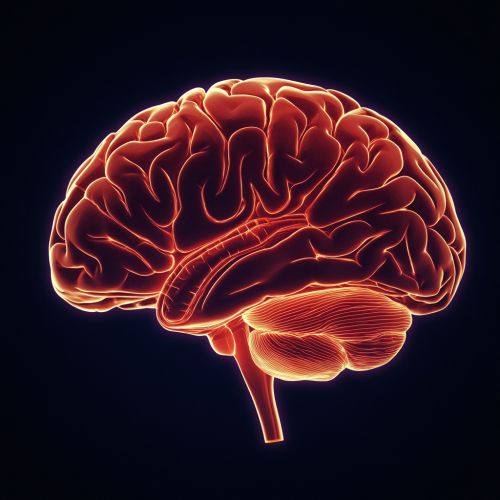Sleep and Wakefulness Neurobiology
Sleep and Wakefulness Neurobiology
Sleep and wakefulness are fundamental states of consciousness regulated by complex neurobiological mechanisms. This article delves into the intricate processes governing these states, exploring the neural circuits, neurotransmitters, and molecular pathways involved.


Neural Circuits
The regulation of sleep and wakefulness involves multiple neural circuits primarily located in the brainstem, hypothalamus, and thalamus. The reticular activating system (RAS) in the brainstem plays a crucial role in maintaining wakefulness by sending excitatory signals to the cerebral cortex. The hypothalamus contains several nuclei, including the suprachiasmatic nucleus (SCN), which is pivotal in circadian rhythm regulation. The SCN receives direct input from the retina, allowing it to synchronize the sleep-wake cycle with the external light-dark cycle.
The ventrolateral preoptic nucleus (VLPO) in the hypothalamus is essential for initiating sleep. It exerts inhibitory effects on wake-promoting regions through the release of inhibitory neurotransmitters such as gamma-aminobutyric acid (GABA) and galanin. The thalamus acts as a relay station, modulating sensory information and playing a role in the transition between sleep stages.
Neurotransmitters and Neuromodulators
Several neurotransmitters and neuromodulators are involved in the regulation of sleep and wakefulness. Acetylcholine is a key player in promoting wakefulness and rapid eye movement (REM) sleep. Cholinergic neurons in the basal forebrain and pons are active during wakefulness and REM sleep, facilitating cortical arousal and desynchronization.
Norepinephrine, produced by the locus coeruleus, is another wake-promoting neurotransmitter. It enhances cortical activity and vigilance. Serotonin, synthesized in the dorsal raphe nuclei, has a complex role, promoting wakefulness and non-REM (NREM) sleep depending on its receptor subtype and location.
Histamine, released by neurons in the tuberomammillary nucleus of the hypothalamus, is crucial for maintaining wakefulness. Orexin (also known as hypocretin), produced by the lateral hypothalamus, stabilizes wakefulness and prevents sudden transitions into sleep, as seen in narcolepsy.
Sleep Stages
Sleep is divided into two main types: REM sleep and NREM sleep. NREM sleep is further subdivided into three stages: N1, N2, and N3, with N3 being the deepest stage, also known as slow-wave sleep (SWS).
During NREM sleep, the brain exhibits synchronized activity, characterized by slow, high-amplitude delta waves. This stage is crucial for restorative processes, including tissue repair and growth. REM sleep, on the other hand, is marked by rapid eye movements, muscle atonia, and desynchronized brain activity similar to wakefulness. REM sleep is essential for cognitive functions such as memory consolidation and emotional regulation.
Molecular Mechanisms
At the molecular level, sleep and wakefulness are regulated by various genes and signaling pathways. The circadian clock genes, including CLOCK, BMAL1, PER, and CRY, play a vital role in maintaining the 24-hour sleep-wake cycle. These genes form transcriptional-translational feedback loops that generate rhythmic oscillations in gene expression.
Adenosine is a homeostatic sleep factor that accumulates during wakefulness and promotes sleep by inhibiting wake-promoting neurons. The adenosine A1 receptor mediates its sleep-inducing effects. Additionally, the hypothalamic-pituitary-adrenal axis influences sleep through the release of corticotropin-releasing hormone and cortisol, which can disrupt sleep when elevated.
Sleep Disorders
Various sleep disorders arise from disruptions in the neurobiological mechanisms regulating sleep and wakefulness. Insomnia is characterized by difficulty initiating or maintaining sleep and is often associated with hyperarousal and dysregulation of the hypothalamic-pituitary-adrenal axis.
Sleep apnea involves repeated episodes of airway obstruction during sleep, leading to fragmented sleep and excessive daytime sleepiness. This condition is linked to dysfunction in the brainstem respiratory centers and upper airway muscles.
Restless legs syndrome (RLS) is a sensorimotor disorder causing an irresistible urge to move the legs, often accompanied by uncomfortable sensations. It is associated with dopaminergic dysfunction in the central nervous system.
Conclusion
The neurobiology of sleep and wakefulness encompasses a complex interplay of neural circuits, neurotransmitters, and molecular pathways. Understanding these mechanisms provides insights into the regulation of sleep and its disorders, offering potential avenues for therapeutic interventions.
